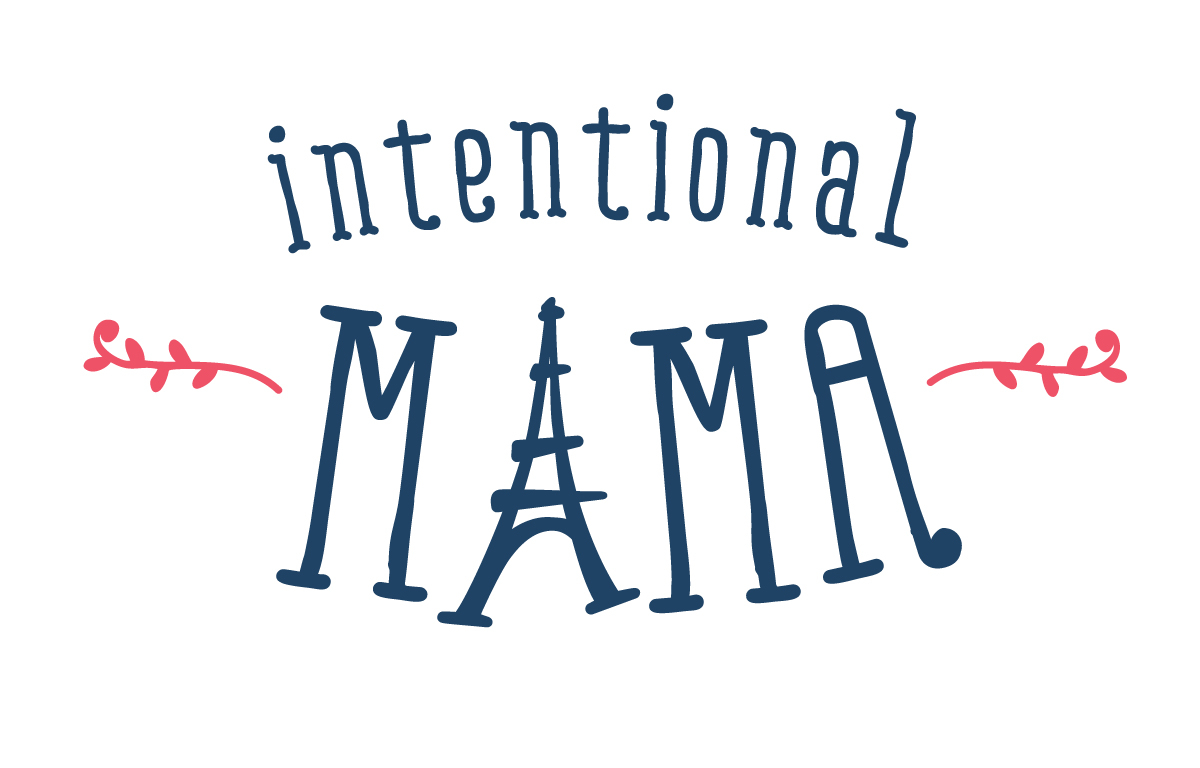Beginning French Lesson Plan 2: Greetings, Geography, & Alphabet
Last month I began teaching a beginning French class to a small group of upper elementary students. If you'd like to follow along on their language journey (or borrow lesson ideas!), here's the basic outline of what we did during our second and third classes. Keep in mind that this is only a once-per-week, 50 minute class, so we spend about twenty minutes or so reviewing and practicing what we've previously learned. (You can find lesson 1 here.)
Seine et la Tour Eiffel au coucher du soleil by Henri Rousseau
Lesson 2 Goals:
- Review greetings; introduce inquiries about others
- Review Francophone countries and their locations
- Learn and draw the geographic location and major map elements of France
- Recall and reinforce French alphabet sounds
Part 1: Greetings and Inquiries
Bonjour! Je m'appelle Madame/Monsieur _______. Et toi? Comment t'appelles-tu? (I remember names but want to give students the practice of using je m'appelle again!). Greet students individually.
Comment allez-vous? Bien? Mal? Draw a smiley face to illustrate bien and a frowny face to illustrate mal. (I teach using a portable mini whiteboard so I'm more closely engaged with my students.) I add pas très bien next to mal. Ask students in French, individually, how they're doing, then ask the class how others are doing. Est-ce que Jason va bien? Oui, Jason va bien! Bon! Est-ce que Nadine va bien? etc.
Est-ce que vous parlez français? (Pause.) Un peu. Vous parlez un peu français. Pas bien? Pas très bien? Bientôt! Soon!
Part 2: World Map Review and Drawing a Map of France
Image from Le Français et Vous
(Show the world map from the first class.) Voici la carte du monde. Est-ce qu'on parle français aux Etats-Unis? Non, on parle anglais. Nous sommes américains. Je suis américaine. Où est-ce qu'on parle français? Oui, en France. En Cameroun. Un peu en Vietnam. Etc. Dans le monde, il y a beaucoup de français.
Give students a sheet of blank paper. Point to your own blank paper. Voici du papier blanc. C'est pour la carte de France.
Hexagonal map of France via AsapFrance.info
At this point I switch to English to ask students what they know about France and to share that France is a top worldwide tourist destination. I ask students what shape the French consider their country to be, then we sketch a hexagon on our papers. What city is the capital of France? Où est Paris? I explain that Paris is on the river Seine and have students pick out other major French cities using those on the world map or on a map of France. (I use a map from National Geographic). We add Lyon, Marseille, Toulouse, Nice, and any other cities they mention. I talk about the stories connected to places (and their names), such as denim's history as being from Nîmes (de Nîmes), Dijon's famous mustard, and Bretagne's relationship to Britain.
We also add border countries, major mountain ranges, bodies of water (including la Manche), significant islands like la Corse, and talk about DOM/TOM overseas territories. For a refresher on these, see cartesfrance.fr.
Part 3: French Alphabet Review
I take out a French alphabet poster and we sing the alphabet in review. (Mine is from Toupie magazine, but you can find one at MrPrintables.com.) I also replay the alphabet song. Students take turns spelling their names aloud.
Printable French alphabet poster from MrPrintable.com
Alphabet sound recognition game: Using their mini-whiteboards, students write the letters of nouns as I spell them. I spell French prénoms such as Marie and Jean-Marc as well as basic nouns such as "dinosaure." Then I let individual students spell a word aloud (English or French, as long as they use French letter sounds) for us to write.
If you have a bit more class time, you can jump into numbers and counting; otherwise, au revoir!



